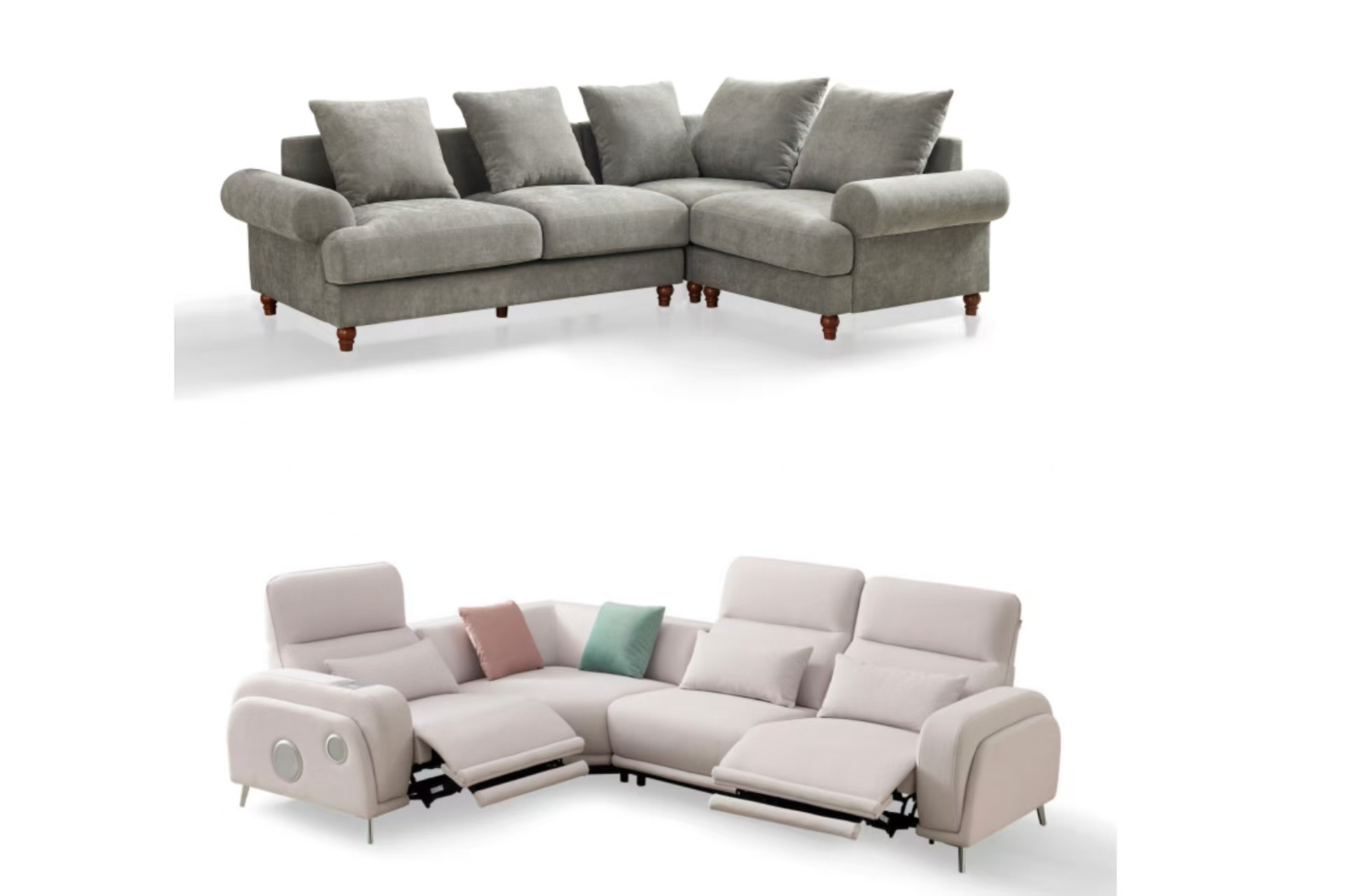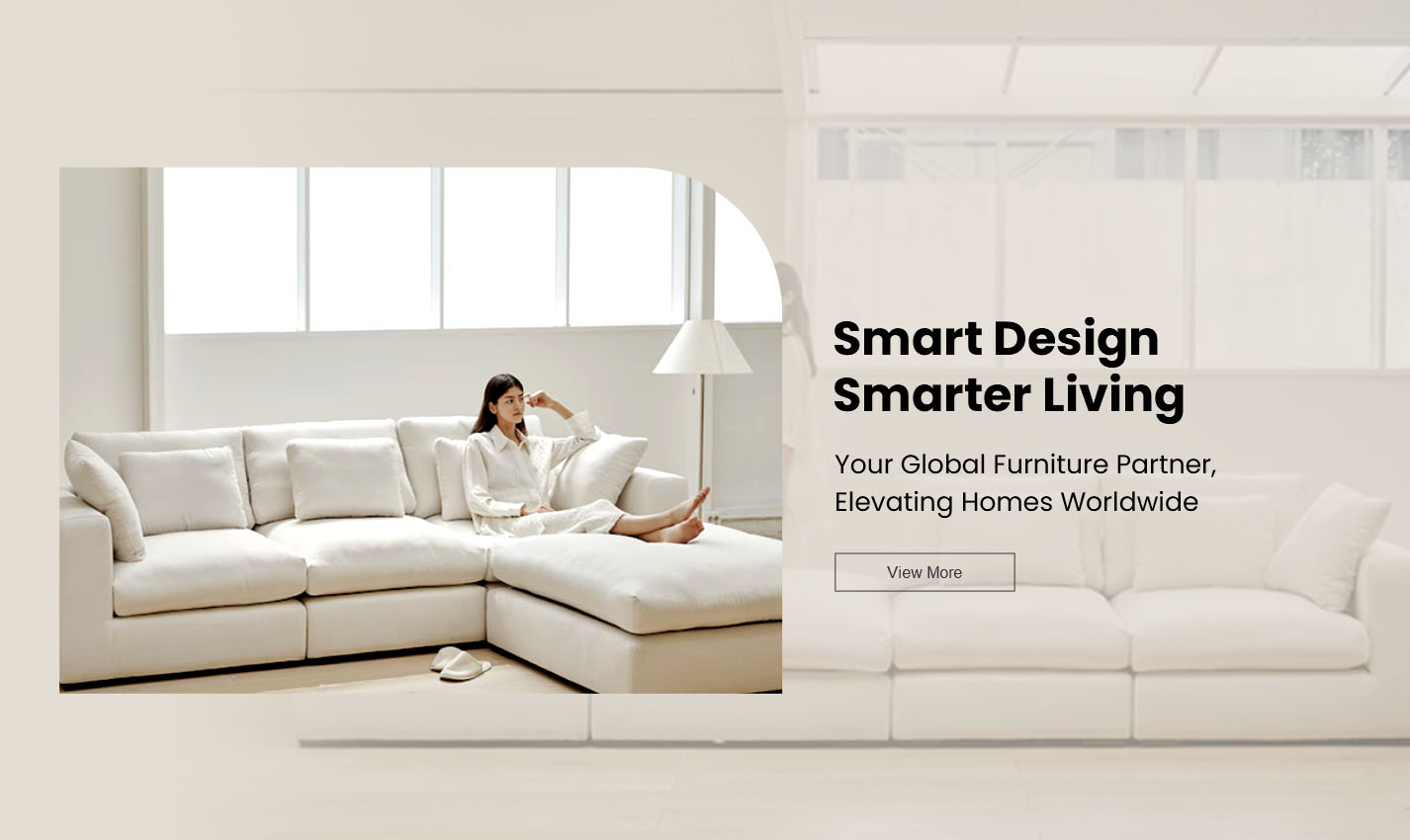Smart versus Traditional Sofas Pros and Cons

Advantages of Smart sofas
Intelligent Adjustment: Equipped with built-in motors, smart sofas can automatically adjust the angles of the backrest and footrest, catering to various needs such as reading, napping, or watching TV. Many models are capable of remembering users' preferred positions.
Extra Features: They come with additional functions like massage, heating, and USB ports, which enhance comfort. The massage function helps alleviate fatigue, and the heating function is particularly useful in winter.
Ergonomic Comfort: Through smart adjustments, they better fit the body's curves. High-quality materials such as memory foam improve support and breathability.
Smart Home Integration: They can connect with other devices via voice commands or apps, enabling control of lights or air conditioners for added convenience.
Modern Look: Their sleek designs, featuring elements like LED lights, bring a technological feel to homes.
Disadvantages of Smart Sofas
High Cost: Due to the inclusion of technical components, they are priced 2-3 times higher than traditional sofas.
Tricky Maintenance: The complex internal structures, including motors and circuits, require professional repair services, resulting in higher costs.
Power Dependence: They need to be connected to a power socket, which restricts their placement. They become non-functional during power outages.
Space Issues: They are bulkier and require clearance at the back, making them unsuitable for small rooms. They also take up more space when unfolded.
Safety Risks: Pets or children may get trapped in moving parts. Anti-pinch sensors are not widely available.
The choice between them depends on your budget, available space, and specific needs. Smart sofas are ideal for tech enthusiasts, while traditional ones suit those who prefer simplicity.



